ANZINE : CAE 기술 매거진
이전 ANZINE Home Case Study
[BLOM Maritime] Quality made to fit Application of 3D scanning and its potential to revolutionize production and maintenance in industry
Quality made to fit
: Application of 3D scanning and its potential to revolutionize production and maintenance in industry
by Tomasz Rudek, Tomasz Kalicinski, Matteo Bucchini
BLOM Maritime
Introduction
During repairs or conversions in the maritime, offshore and power sectors, 3D scanning allows engineers to create a new design on top of an accurate existing one. This ability significantly improves the new design’s accuracy, enabling more prefabricated parts to be used, and it considerably reduces manufacturing time and project cost.
At BLOM Maritime, we always begin work on a conversion from a 3D scan of the existing sorroundings because it allows us to adjust everything according to an accurate existing geometry of the installation. Thanks to many years of experience, we can work effectively in the point cloud to custom fit every solution to the ship, platform, factory or building.
-
해양, 해양 구조물, 플랜트 분야에서 수리나 개조 작업을 진행할 때, 3D 스캐닝 기술을 활용하면 기존 설치물에 적합한 새로운 디자인 생성은 물론, 정확도를 높일 수 있습니다. 또한 사전에 제작된 부품을 최대한 활용하여 제조 시간과 프로젝트 비용을 상당히 줄일 수 있습니다. 본 원고에서는 세계적인 3D 엔지니어링 솔루션 회사 BLOM Maritime의 활용 예시를 통해 3D 스캐닝의 적용 과정과 장점, 전망 등에 대해 알아보겠습니다.
What are a 3D scan and a point cloud?
A short explanation of laser scanning may be helpful. The scanner (see Fig. 1) functions like a 3D camera using a laser to take distance measurements of everything in its field of vision. To collect data over a large area, several scans must be taken and connected. The scanner produces millions of data points that are combined into a point cloud, which is a cloud containing each measured position. This point cloud can be converted into CAD surfaces or solids, either automatically or manually. Tested in thousands of projects around the world, 3D laser scanning has solved the challenge of capturing the physical condition of assets by automating the surveying process. Laser scanning provides better-quality results in less time, at lower cost and more reliably than any comparable method.
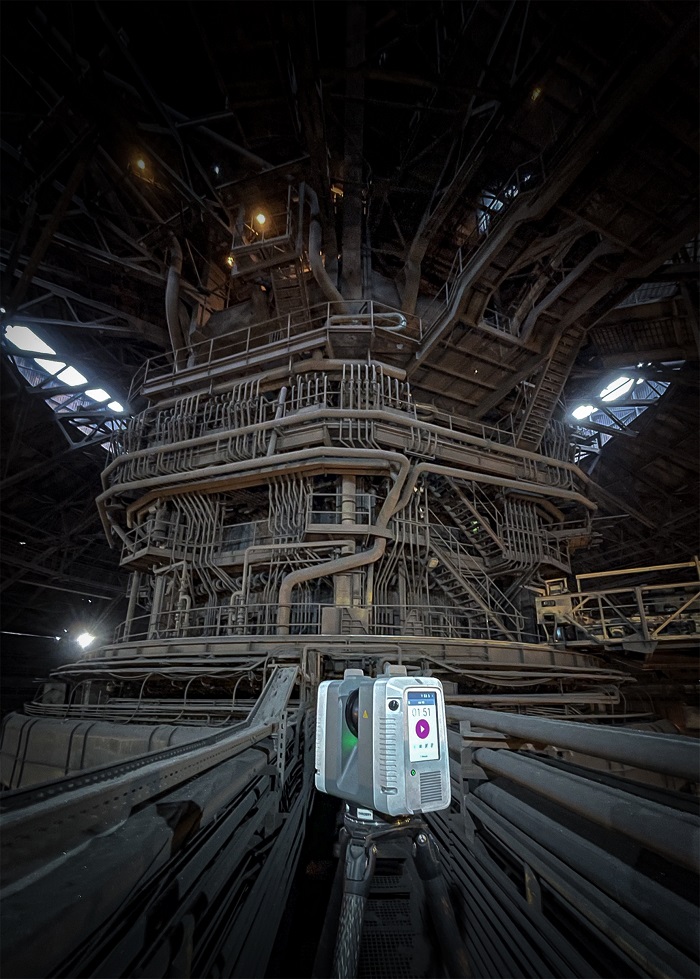
[Fig 1] 3D scanner
There are numerous open-source or commercially available software packages for point cloud visualization. Our in-house tool, NUBES (see Fig. 2), allows a point cloud and design to be viewed on any computer with an active internet connection. This gives clients the opportunity to review the custom design from within the 3D-scanned virtual structure from their own offices. It is an important tool for communicating the design and showing clients exactly what will be installed. This reduces risk and installation time and ensures there are no surprises. Since most design packages support point cloud data, design work can also be done directly in the point cloud.
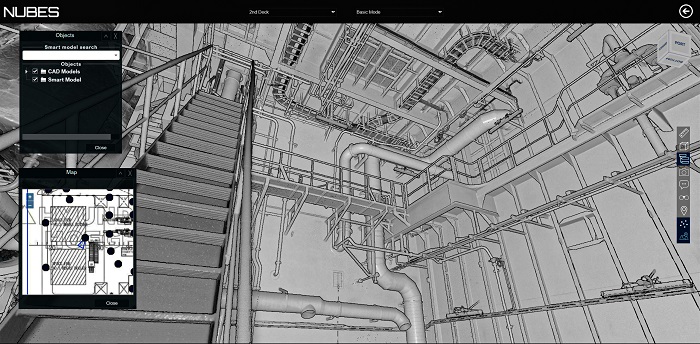
[Fig 2] Nubes platform, view of scanned vessel
Creating virtual assets and receiving feedback
Although the benefits of laser scanning have been proven in repair and refitting projects of the shipbuilding, offshore and power sectors, the technique is still relatively unknown in industry in general. Each project combines many disciplines such as: piping, structures, electrical systems, etc. which may be produced by contractors from all over the world. This means that designers are forced to use many video calls, emails, pictures, and drawings to ensure that their ideas are represented accurately.
3D scanning can be a very useful addition to the tools commonly used today. How often have engineers had to try to make out all the details from images that never show exactly what is needed? An image or video will never be like actually being there. But the next best thing is a point cloud where designers can walk through the virtual structure, measure the necessary distances and check all the details. This point cloud can be referred to at anytime from anywhere to make changes, troubleshoot errors, or redesign. 3D scanning can be an excellent tool to ensure that the design thinking feedback loop from implementation to empathizing is clearer. Not only is it very rewarding for the engineer to see the design realized, but it can also be very useful (see Fig. 3): manufacturing defects can be detected by the engineer, but intelligent manufacturing or design difficulties will also become apparent. The 3D scan can therefore be used for two-way feedback, allowing engineers and manufacturers to improve their skills. The scanned data can also be used for training: new personnel can see how the drawings are used to build the structure; and the drawings can be used for training on operational and safety procedures.
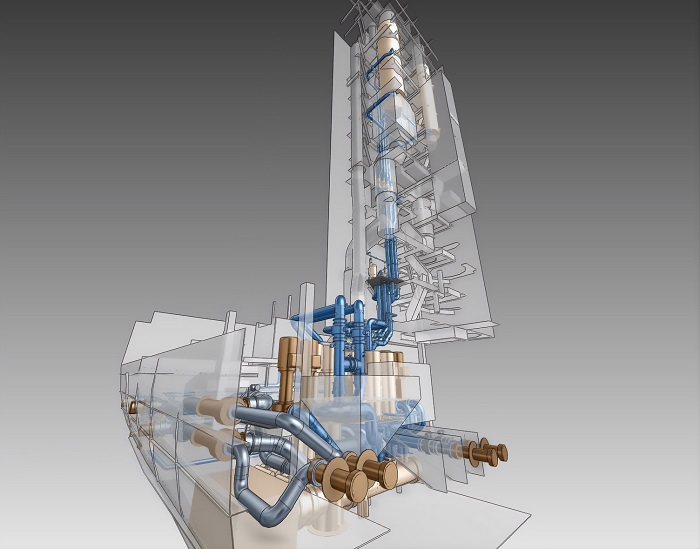
[Fig 3] EGCS full design
Digital twin
As-built drawings are one of the most important sets of operational and maintenance drawings that should be produced after the construction of the vessel to show any differences between the original design and the final product. They can be produced for structures, piping, electrical systems, and any other systems on board.
Good as-built drawings can be crucial for the ship’s crew during the operational life of the ship either to make changes or simply to check what is on board and how it is connected. To keep their value, modifications would also be included in the documentation. With new scanner hardware that can perform a single scan in as little as 30 seconds, 3D ship scanning can be a viable alternative to producing as-built drawings. A 3D model can easily replace today’s as-built drawings and can be provided to the client as part of the service (see Fig. 4).
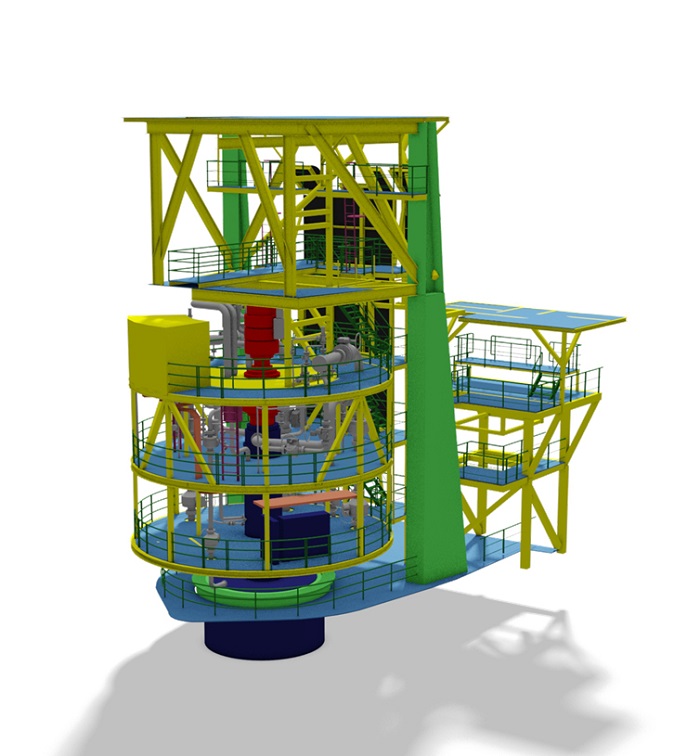
[Fig 4] 3D model of a scanned offshore platform
As-built documentation is the key to correct and time-efficient operations and maintenance. Based on the point cloud and 3D design, we can quickly access specific information about any existing system or part of the installation. Digital search capabilities for point clouds make it possible to access the area of interest in seconds. This changes the approach from manually searching in folders, drawing by drawing, to a digital alternative that provides a 3D, immersive experience.
All these technologies already exist and are implemented on a daily basis in existing shipyards thanks, for example, to the AVEVA software. The technology and knowledge are available; the important thing is to implement it and optimise the way things are done.
BLOM laser scanning and engineering in practice
The implementation of a hybrid exhaust gas cleaning systems (EGCS) on the cruise ship, Grand Princess, owned by Royal Caribbean International, was the first time BLOM’s laser scanning experience and technical capabilities were combined into a comprehensive offering (see Fig. 5). Here BLOM Maritime was responsible for the feasibility study, system layout, concept, and all detailed engineering, including all piping and electrical supplies.
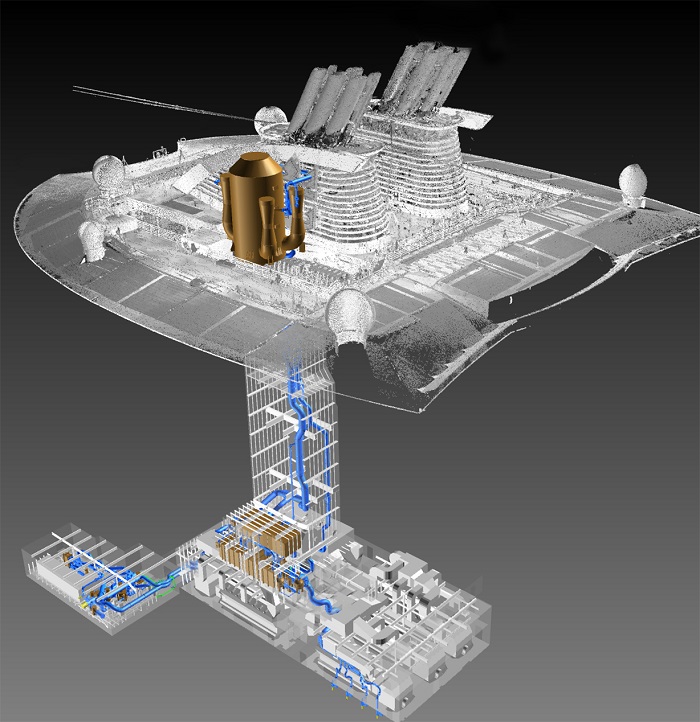
[Fig 5] Full EGCS design within the existing point cloud
All phases of the project were completed on one engineering platform. This allowed BLOM to release the full project documentation including material initiation, ISO production drawings for the complex fabrication, layout drawings, and all the documentation required for the approval authorities. At each stage of the design, the point cloud provided an accurate representation of the current status of the project, greatly reducing the necessity for visits on site.
Global potential
BLOM Maritime believes that there is great potential for this 3D technology in industry worldwide. With our combined technology, we can now visit any location in the world, scan the object of interest in its current state, and send that data digitally to an engineering hub.
There, the 3D data can be examined, and any mismatches identified, or modifications made. This can lead to significant cost savings, as corrections can be made before the structure is sent to site for assembly.
Using 3D technology, we are able to ensure safe project assembly by allowing “as-built” modelling of the different components, wherever they are manufactured in the world. From 3D scanning to dimensional inspection, we can take our customers through the entire process to ensure project efficiency. We have easy access to a wealth of information thanks to the 3D point cloud, which we see as a key opportunity for the future. This is why BLOM decided to create an interactive tool (NUBES), which provides access to all collected data such as the 3D point cloud, panoramic images, 3D model, and the design. With NUBES we have the ability to use the essential tools needed by engineers.
FEM and CFD calculations using scanned data as input
As all designers know, a calculation is only as good as the input. Certain details can be easily drawn but never manufactured. Currently, a good scan has an accuracy of less than 1mm, which means that it can be easily used for CFD (computational fluid dynamics) or FEA (finite element analysis) calculations (see Fig. 6).
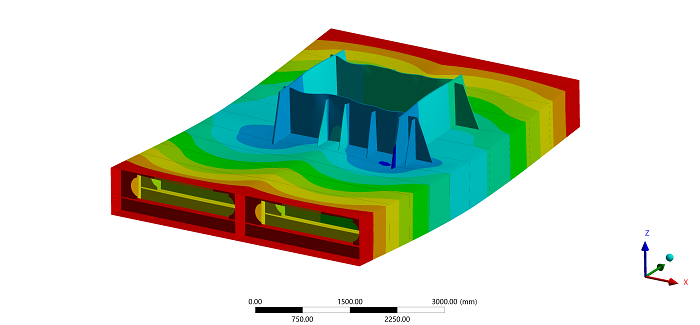
[Fig 6] FEA model of a new structure on top of modelled existing one.
Both FEA and CFD calculations have been performed with this data and typically the meshing errors are larger than the scanning errors.
It is vital to define the inputs to these calculations as carefully as possible to ensure an accurate result. Most FEM and CFD software solutions have good geometry packages that allow a scanned geometry to be inserted directly into the solver. Depending on the accuracy required it is even possible to have the software automatically generate surfaces and volumes directly from the scanned data.
This scanned data can be excellent input to calculate the impact of production details. Sometimes there are space requirements or production errors. To see if the structure is still robust enough to last for the lifetime of the product, a simulation can be carried out and resolved effectively, if necessary. Flows through pipes, vents, or along the hull can also be modelled around the real structure, including small deformations and details that may cause cavitation.
The second design thinking feedback loop from prototype to empathy can also be easily performed using a scanned model. It is also possible to create an object in the workshop without drawings and then use the scan to perform all the necessary calculations. This reverse engineering can make out-of-the-box prototyping much faster.
Material cost and installation-time savings
BLOM Maritime has already seen significant cost savings for clients since adopting the combined laser scanning and engineering approach, particularly in the retrofitting sector where the team is confident that everything they have designed or manufactured, from pipes to structures, can be installed correctly using the leanest method and the least number of people (see Fig. 7).
BLOM estimates that clients have benefitted from a 35% reduction in bill of materials and a 25% reduction in installation time on projects, some of which required over 70,000 hours of installation work.
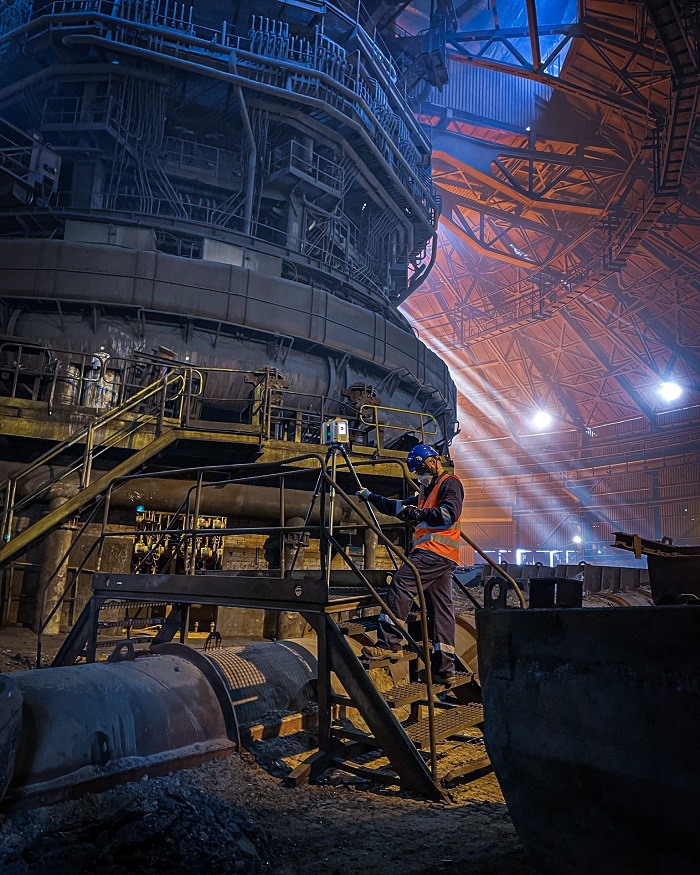
[Fig 7] Scanning operations
Conclusion
3D scanning, software, and computing power are becoming cheaper and faster every year, and are unlocking new applications that were previously too expensive and time-consuming. Some of the possibilities of 3D laser scanning have been discussed in this article, but certainly not all: the possibilities are limited only by our imagination and determination.
*This article has been published on Futurities, EnginSoft Magazine, Autumn 2022
For more information
Marius Blom - BLOM Maritime | E. marius.blom@blommaritime.com
About BLOM Maritime Homepage(Click)

BLOM Maritime is a leading global provider of 3D digital data acquisition and engineering solutions for the marine, offshore and power sectors. We specialize in capturing and optimizing data ‘as-is’ for better engineering and project execution. We provide a full-cycle service ensuring that cost-effective solutions are continuously implemented before, during, and after projects.
We are part of the TECO Maritime Group. Our subsidiary offices, together with business partners, are strategically positioned around the globe to ensure rapid response and reliable service.
The entire network of subsidiaries and strategic business partners employs more than 170 people worldwide. To date, we have completed more than 3,000 projects, across the various industries we serve.








 ㈜태성에스엔이
㈜태성에스엔이


